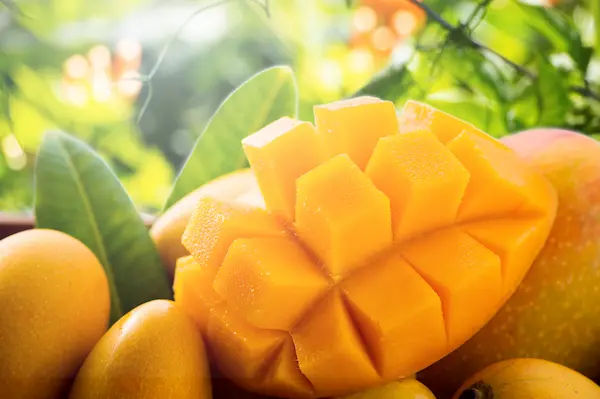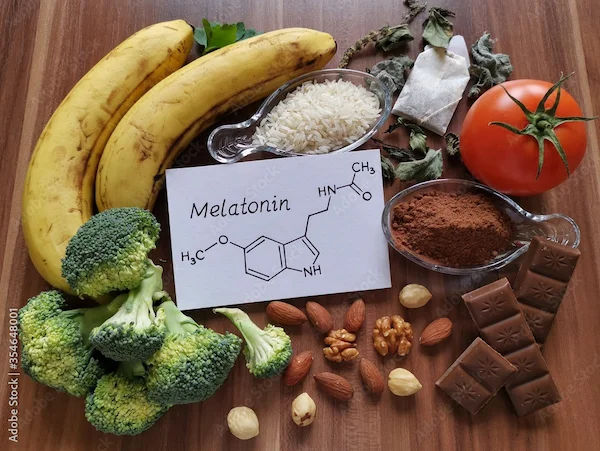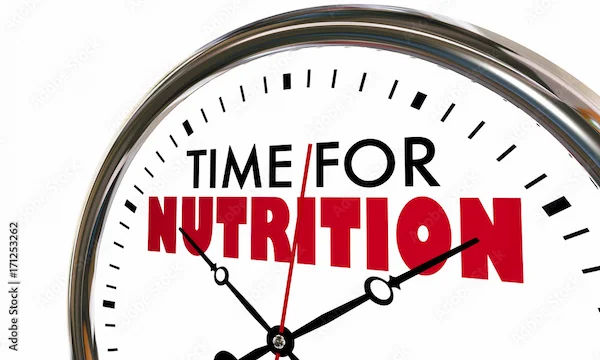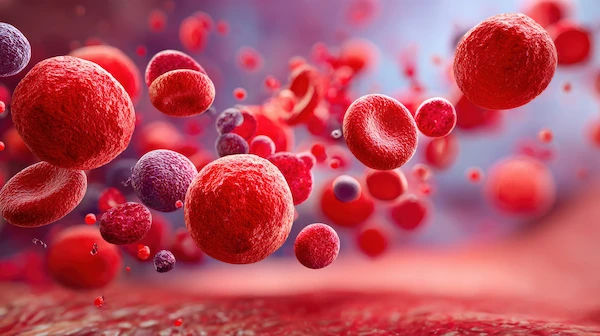Understanding Chilblains: Causes, Symptoms, and Treatment
Chilblains are painful, red or purple sores that appear on the skin, often caused by exposure to cold and damp conditions. Learn about the causes, symptoms, and effective treatments to manage chilblains and prevent them from recurring.

Written by Dr.Sonia Bhatt
Last updated on 3rd Jul, 2025

Chilblains, also known as pernio, are a common skin condition that often occurs during cold weather. They may cause discomfort, pain, and noticeable skin changes, but with the right care, they are usually manageable and treatable. If you've ever experienced red, swollen, itchy, or tender spots on your skin after exposure to cold, you may have had chilblains. In this article, we’ll dive into what chilblains are, what causes them, how to identify the symptoms and the available treatment options. Additionally, we’ll share practical advice for managing this condition and how to prevent future flare-ups.
What Are Chilblainsx?
Chilblains are small, itchy, and inflamed areas on the skin that typically occur when the skin is exposed to cold, damp conditions. These areas are most commonly found on the fingers, toes, ears, and nose, as these areas are most susceptible to poor circulation and temperature changes. Chilblains happen when blood vessels near the skin's surface constrict due to cold and then expand again when the skin warms up too quickly. This rapid change can lead to inflammation, redness, swelling, and discomfort.
While the condition typically resolves on its own within a few weeks, it can cause considerable discomfort and, if left untreated, can lead to complications such as infections or ulcerations.
What Causes Chilblains?
The exact cause of chilblains is not well understood, but it is believed to result from an abnormal reaction to cold exposure followed by rewarming. Here are some of the key factors that contribute to the development of chilblains:
Cold and Damp Conditions: Exposure to cold and damp environments is the primary trigger for chilblains. When the skin is exposed to cold temperatures, the small blood vessels near the surface constrict, reducing blood flow to the area. This constriction helps to preserve body heat. However, when the skin is rapidly rewarmed, the blood vessels may not expand quickly enough, causing blood to leak into the surrounding tissues and leading to inflammation and swelling.
Poor Circulation: Individuals with poor circulation are more susceptible to developing chilblains. Conditions that affect blood flow, such as Raynaud's disease, can increase the risk of chilblains. In Raynaud's disease, the blood vessels in the fingers and toes constrict excessively in response to cold temperatures or stress, leading to reduced blood flow and increased vulnerability to chilblains.
Gender and Age: Chilblains are more common in women than in men, and they are also more likely to occur in children and older adults. Hormonal differences, particularly in women, may play a role in the increased susceptibility to chilblains. Additionally, age-related changes in skin and blood vessels can contribute to the development of the condition.
Genetics: There may be a genetic component to chilblains, as some individuals seem to be more predisposed to developing the condition than others. A family history of chilblains or related conditions may increase the likelihood of experiencing chilblains.
Clothing and Footwear: Wearing tight or restrictive clothing and footwear can impair circulation and increase the risk of chilblains. Tight shoes or gloves can reduce blood flow to the extremities, making them more susceptible to cold-related damage.
Symptoms of Chilblains
Chilblains typically appear as small, swollen, and red patches on the skin. They are often seen on the toes, fingers, and other extremities. The symptoms can vary in severity and typically develop several hours after exposure to cold. Here are the most common symptoms to look out for:
Itching and Burning: One of the earliest symptoms of chilblains is itching and burning in the affected areas. This discomfort can be particularly noticeable when the skin is exposed to warmth after being in the cold.
Red or Purple Patches: Chilblains often present as red or purple patches on the skin. These patches can be small or large and may be accompanied by swelling.
Swelling: Swelling of the affected areas is common with chilblains. The skin may appear puffy and feel tender to the touch.
Pain and Tenderness: Chilblains can cause varying degrees of pain and tenderness. The affected areas may be sore, especially when touched or pressed.
Blisters and Ulceration: In severe cases, chilblains can lead to the formation of blisters or ulcerations. These open sores can increase the risk of infection and may require medical attention.
Changes in Skin Texture: The skin affected by chilblains may become dry, cracked, or flaky. These changes in skin texture can contribute to discomfort and increase the risk of complications like permanent damage to the skin and underlying tissues.
Consult Top General Physician
How to Treat Chilblains?
While chilblains often resolve on their own within a few weeks, there are several treatment options that can help manage symptoms and promote healing. Here are some effective strategies for treating chilblains:
Keep Warm: Preventing further exposure to cold and damp conditions is crucial for managing chilblains. Keep the affected areas warm and dry by wearing appropriate clothing and using heating pads or warm blankets. Avoid sudden changes in temperature, as this can exacerbate symptoms.
Use Moisturisers: Applying moisturising creams or lotions to the affected areas can help soothe itching and keep the skin hydrated. Look for products that contain ingredients like glycerin, lanolin, or aloe vera, which can provide relief and promote healing.
Over-the-counter Pain Relief: Over-the-counter pain relievers, such as ibuprofen or acetaminophen, can help alleviate pain and reduce inflammation associated with chilblains. Follow the recommended dosage instructions and consult a healthcare provider if you have any concerns.
Topical Corticosteroids: In some cases, topical corticosteroid creams may be prescribed to reduce inflammation and relieve itching. These medications should be used under the guidance of a healthcare provider, as long-term use can have side effects.
Avoid Tight Clothing: Wearing loose-fitting clothing and footwear can improve blood circulation and reduce pressure on the affected areas. Avoid tight shoes, gloves, and socks, and opt for comfortable, breathable fabrics.
Home Remedies: Several home remedies can provide relief from chilblains. For example, soaking the affected areas in lukewarm water can help soothe itching and promote circulation. Applying aloe vera gel or coconut oil can also provide relief and promote healing.
Medications for Severe Cases: In severe cases of chilblains, a healthcare provider may prescribe medications to improve circulation and reduce symptoms. Calcium channel blockers, such as nifedipine, can help dilate blood vessels and improve blood flow to the affected areas.
Preventing Chilblains
Chilblains can often be prevented with a few simple lifestyle changes and precautions. Here are some tips to minimise the risk:
Dress Warmly: Always wear warm, dry clothing, especially in cold and damp conditions. Layering clothing helps keep your body temperature regulated. Choose clothing that is moisture-wicking and breathable to prevent sweating.
Avoid Sudden Temperature Changes: Try to avoid rapid transitions from cold to hot environments, as this can trigger the inflammation associated with chilblains.
Maintain Good Circulation: If you are prone to chilblains, keeping your circulation healthy is essential. Regular physical activity, such as walking or swimming, can help improve blood flow to the extremities.
Wear Proper Footwear: Make sure your shoes and socks fit properly and keep your feet warm and dry. Avoid tight shoes that restrict circulation.
Conclusion
Chilblains are a common condition that can cause significant discomfort, especially during cold and damp weather. Understanding the causes, symptoms, and treatment options for chilblains can help individuals manage the condition effectively and prevent complications. By taking proactive steps to protect the skin from cold exposure and using appropriate treatments, those affected by chilblains can find relief and promote healing. If you experience severe or persistent symptoms, it is important to consult a healthcare provider for proper diagnosis and treatment.
Consult Top General Physician
Consult Top General Physician

Dr. Mohamed Azeem
General Physician/ Internal Medicine Specialist
2 Years • MBBS,MD(Internal Medicine) CCEBDM
Karaikudi
Apollo Hospitals Karaikudi, Karaikudi

Dr Syed Mateen Pasha
General Physician
2 Years • MBBS
Bengaluru
PRESTIGE SHANTHINIKETAN - SOCIETY CLINIC, Bengaluru

Dr. M L Ezhilarasan
General Practitioner
6 Years • MBBS
Visakhapatnam
Apollo 24|7 Clinic - Andhra Pradesh, Visakhapatnam
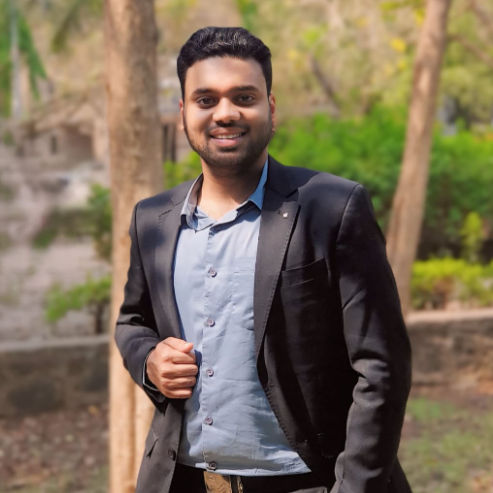
Dr. Anand Ravi
General Physician
2 Years • MBBS
Bengaluru
PRESTIGE SHANTHINIKETAN - SOCIETY CLINIC, Bengaluru
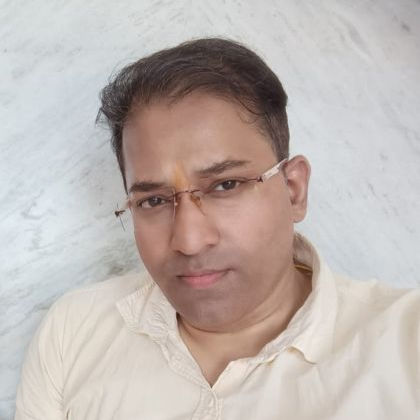
Dr. Harshendra Jaiswal
General Physician/ Internal Medicine Specialist
12 Years • MBBS , MD (General medicine)
Kolkata
108 DHANA DHANVANTARI Clinic, Kolkata
(25+ Patients)
Consult Top General Physician

Dr. Mohamed Azeem
General Physician/ Internal Medicine Specialist
2 Years • MBBS,MD(Internal Medicine) CCEBDM
Karaikudi
Apollo Hospitals Karaikudi, Karaikudi

Dr Syed Mateen Pasha
General Physician
2 Years • MBBS
Bengaluru
PRESTIGE SHANTHINIKETAN - SOCIETY CLINIC, Bengaluru

Dr. M L Ezhilarasan
General Practitioner
6 Years • MBBS
Visakhapatnam
Apollo 24|7 Clinic - Andhra Pradesh, Visakhapatnam

Dr. Anand Ravi
General Physician
2 Years • MBBS
Bengaluru
PRESTIGE SHANTHINIKETAN - SOCIETY CLINIC, Bengaluru

Dr. Harshendra Jaiswal
General Physician/ Internal Medicine Specialist
12 Years • MBBS , MD (General medicine)
Kolkata
108 DHANA DHANVANTARI Clinic, Kolkata
(25+ Patients)

